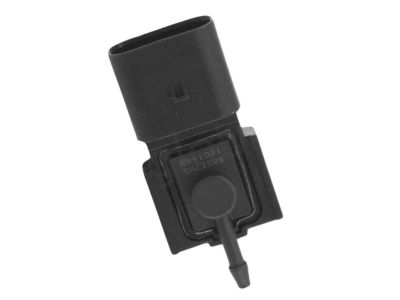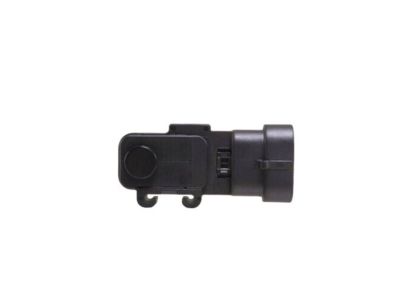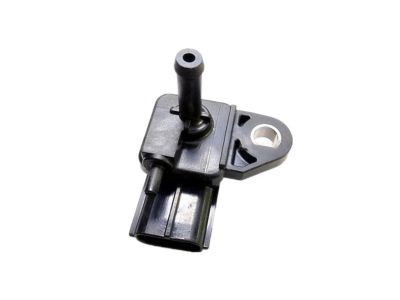×
- Live Chat
- 1-888-788-8214


My Garage
My Account
Cart
Genuine Hyundai Santa Fe Vapor Pressure Sensor
Fuel Vapor Pressure Sensor- Select Vehicle by Model
- Select Vehicle by VIN
Select Vehicle by Model
orMake
Model
Year
Select Vehicle by VIN
For the most accurate results, select vehicle by your VIN (Vehicle Identification Number).
5 Vapor Pressure Sensors found
Hyundai Santa Fe Sensor-Fuel Tank Pressure
Part Number: 31435-2J000$79.51 MSRP: $111.71You Save: $32.20 (29%)Ships in 1-2 Business DaysHyundai Santa Fe Sensor-Fuel Tank Pressure
Part Number: 31435-3K600$159.51 MSRP: $224.11You Save: $64.60 (29%)Ships in 1-3 Business DaysHyundai Santa Fe Sensor-Fuel Tank Pressure
Part Number: 31435-2D501$237.29 MSRP: $327.68You Save: $90.39 (28%)Ships in 1-3 Business DaysHyundai Santa Fe Sensor-Fuel Tank Pressure
Part Number: 31435-38100$237.29 MSRP: $327.68You Save: $90.39 (28%)Ships in 1-3 Business DaysHyundai Santa Fe Sensor-Fuel Tank Pressure
Part Number: 31435-38150$89.11 MSRP: $122.32You Save: $33.21 (28%)Ships in 1-3 Business Days
Hyundai Santa Fe Vapor Pressure Sensor
If you are looking for affordable high-quality OEM Hyundai Santa Fe Vapor Pressure Sensor, then you have come to the prime place. Our website provides a large amount of genuine Hyundai Santa Fe Vapor Pressure Sensor at unbeatable prices. All our parts come backed with the manufacturer's warranty.
Hyundai Santa Fe Vapor Pressure Sensor Parts Questions & Experts Answers
- Q: How Does the EVAP System Work, and What Are the Steps for Replacing Canister Purge Valve,Vapor Canister and Vapor Pressure Sensor on Hyundai Santa Fe?A: The Evaporative Emissions Control (EVAP) system is intended to capture fuel vapors and return them to the engine, to be burned in the the intake with the incoming air/fuel mixture. They consist of the FTFNC, EVAP, VPS, CCV, 2WV, and PV out of which all but the PV are found under the car. If temperature of gasoline in the fuel tank increases, this creates vapor that increases the pressure within the close container known as the vapor pressure sensor that feeds back to the PCM. The vapors pass through a two way valve and are then accumulated in the canister until the PCM triggers the purge control solenoid valve hence intake manifold vacuum will pull the vapors into the intake manifold. This system goes in a closed loop once the coolant temperature of the engine is high, thus, the PCM controls the vaporization to prevent a rich air-to-fuel in the mixture. In the process of purging, fresh air from the atmosphere is required for pressure equilibrium and the valve of the canister is opened and closed by referring to PCM. Thus, the diagnostic monitor of the EVAP system compares pressure to detect a leakage, and in case of leakage, the MIL turns on. The PCM also supervises the canister closed valve and pressure switching valve in order to perform effective check up, and the sequence is to be continued, while the engine is in closed loop. When it came to objectives such as the purge control solenoid valve, the procedure was removal of the battery and the engine cover, disconnecting of connectors and hoses among others, with installation being the reverse of the process of removal. The similar procedures of disconnecting and reinstalling apply on other components namely the two-way valve, EVAP canister, vapor pressure sensor, and canister closed valve.
Related Hyundai Santa Fe Parts
Browse by Year
2023 Vapor Pressure Sensor 2022 Vapor Pressure Sensor 2021 Vapor Pressure Sensor 2020 Vapor Pressure Sensor 2019 Vapor Pressure Sensor 2018 Vapor Pressure Sensor 2017 Vapor Pressure Sensor 2016 Vapor Pressure Sensor 2015 Vapor Pressure Sensor 2014 Vapor Pressure Sensor 2013 Vapor Pressure Sensor 2012 Vapor Pressure Sensor 2011 Vapor Pressure Sensor 2010 Vapor Pressure Sensor 2009 Vapor Pressure Sensor 2008 Vapor Pressure Sensor 2007 Vapor Pressure Sensor 2006 Vapor Pressure Sensor 2005 Vapor Pressure Sensor 2004 Vapor Pressure Sensor 2003 Vapor Pressure Sensor 2002 Vapor Pressure Sensor 2001 Vapor Pressure Sensor 2000 Vapor Pressure Sensor














